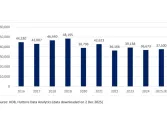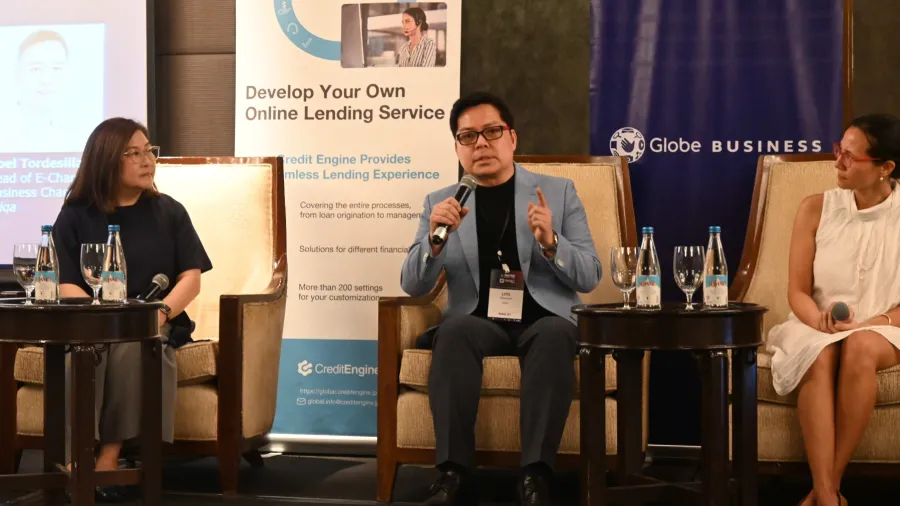
RCBC boosts rural presence with ATM Go
The service, which allows cardless transfers, is now available in all Philippine cities.
Rizal Commercial Banking Corp. (RCBC) expects its neighborhood banking initiative to continue growing this year after posting a 30% increase in transaction value in 2024.
Called ATM Go, the service allows cardless withdrawals, deposits, transfers and bill payments through partner merchants such as mom-and-pop stores, rural banks, cooperatives and small and medium enterprises in the countryside.
Users initiate transactions using mobile point of sale terminals and QR (quick response) codes generated by the RCBC mobile app.
“We have seen exponential growth when it comes to this service,” Lito Villanueva, executive vice president and chief innovation and inclusion officer AT RCBC, told Asian Banking & Finance on the sidelines of a summit organised by the magazine in Manila in March.
The Philippine lender’s ATM Go is now present in all cities and provinces nationwide, with 94% of the locations owned by partner merchants. Of the total transactions, 94% are outside Metro Manila, and 64% involve women living in rural areas, he added.
The service is used by local government units, the military and police for payroll, as well as by pensioners.
In February, RCBC said the number of partner merchants rose two-and-a-half times last year, while the number of ATM Go terminals increased 46% to 8,426.
Villanueva, who was also a panelist at the event, said one of the challenges they face is expensive internet. Some of their partner merchants in remote areas use Starlink, a satellite internet service provided by SpaceX, to power their banking services, he pointed out.
The Philippines’ monthly broadband cost is $35.55, the third-most expensive internet in Southeast Asia, after Brunei and Singapore, according to a May 2024 study by consumer comparison site Cable.co.uk.
“At the end of the day, digital technology is not the end all and be all, it’s just the enabler,” Villanueva, who also heads RCBC’s Digital Enterprise and Innovations Group, told the forum. “Digital will not solve the problem. It has to be the digital component that will drive innovation.”
He said the Philippines is less likely to go cashless and would instead move to become more “cash-light.”
The fact that even mobile wallets like GCash and Maya still offer cash-in and cash-out services shows the market gap, he pointed out. Filipinos continue to convert their e-wallet funds to cash even if it’s expensive, he added.
For now, banks and fintechs would continue to introduce digital products whilst cash remains a key part of the equation to push financial inclusion, he said.
RCBC recently launched RCBC Pulz, a digital lending initiative that now manages 50% of the lender’s unsecured loans.
Open banking or open payment is another way to push financial inclusion, Villanueva said. The system, where authorised third-party apps can access a user's banking data and initiate payments securely, would let rural banks, e-wallets, and banks offer a much cheaper option, he added.


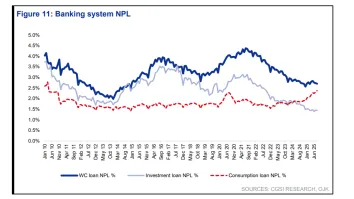






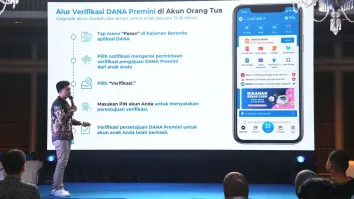
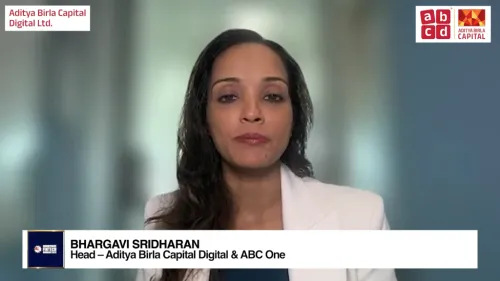



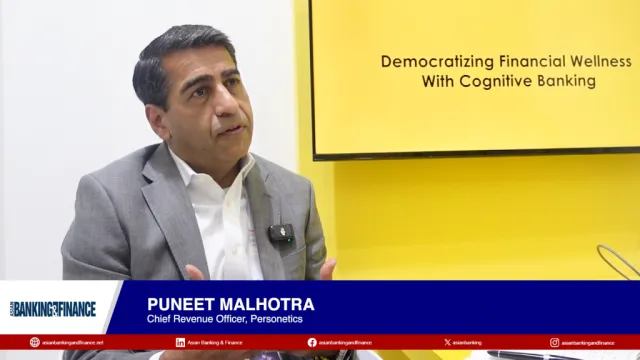


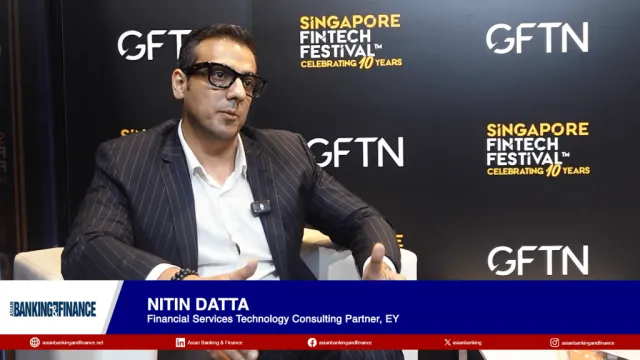

 Advertise
Advertise
